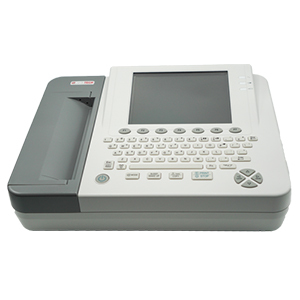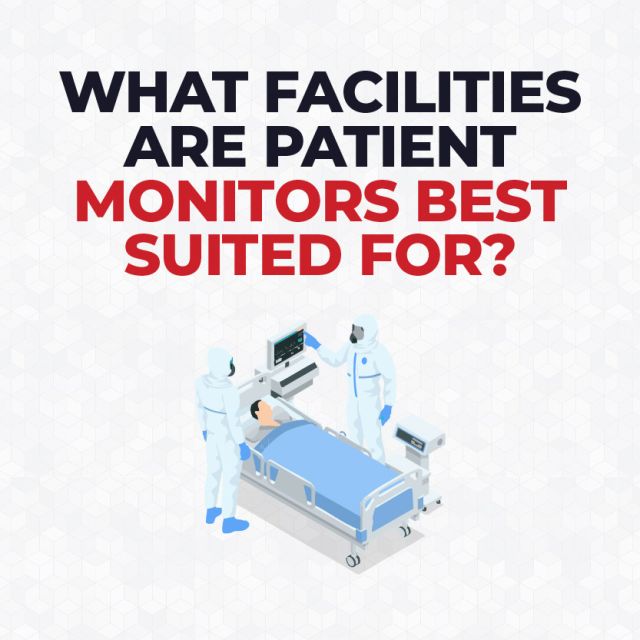Different Types of EKG Machines

Introduction
An EKG Machine (electrocardiogram) records electrical signals from your heart. During this non-invasive diagnostic exam, electrode sensors pick up on your heart’s electrical currents and send the information to the EKG machine. The machine then creates a graph of the electrical activity.
Depending on your symptoms or the information your physician wants to collect, your doctor will recommend a specific type of EKG monitoring. Read on to find out about the different types of EKG Machines.
Number of Channels
12-lead
12-lead EKG’s are the most common type of ECG used for clinical purposes. A 12-lead ECG provides a comprehensive evaluation of the heart’s electrical activity and is useful for diagnosing and monitoring a range of cardiac conditions.
It uses 10 electrodes to record the heart’s electrical activity from 12 different angles. Six limb leads on the arms and legs and six precordial leads on the chest. For a in-depth guide on 12-lead ECG placement, click here.
Our Recommendation:

6-lead
6-lead ECG’s are a simplified version of the 12-lead ECG and use six electrodes to record the heart’s electrical activity from six different leads. The six leads include three limb leads and three precordial leads. While a 6-lead ECG is less comprehensive than a 12-lead ECG, they may be useful in certain situations. For example, in situations such as monitoring patients with pacemakers or assessing cardiac function during exercise.
Our Recommendation:

3-lead
In a 3-lead EKG, three electrodes attach on the right arm, the left arm, and the left leg. This type of EKG is commonly used in emergency settings, routine check-ups, or in cases where continuous cardiac monitoring is needed.
3-lead EKGs are less comprehensive compared to 12-lead EKG’s. Therefore, they may not capture the abnormalities that a 12-lead EKG could detect.
Our Recommendation:

Tabletop vs. PC-Based
Tabletop
Unlike handheld/portable options, tabletop EKG machines are more robust and capable of providing a wide range of diagnostic information about a patient’s heart health.
Our Recommendation

PC-Based
PC-Based EKG machines are compact devices designed for use with a PC. They typically connect to an interface through USB, Bluetooth or Wi-Fi. Additionally, each EKG comes with dedicated software for EKG display and analysis.
Our Recommendation:

Resting EKG vs. Stress EKG vs. Holter
Resting EKG
Resting EKG machines record the electrical activity of the heart while a patient is at rest. Resting EKG machines assess the heart’s rhythm and detect any abnormalities or irregularities in its electrical patterns.
Our Top Resting EKG Picks

Stress EKG
Stress EKG machines, also known as a stress test machine, assess the heart’s response to physical exertion. This diagnostic test helps healthcare professionals evaluate the heart’s performance under stress or increased workload. Ultimately, stress machines can reveal certain cardiovascular abnormalities that might not be apparent during rest.
Our Recommendation

Holter
Holter monitors continuously monitor a patient’s heart activity over an extended period, typically 24 to 48 hours or even longer.
The electrodes attach to the chest and record every heartbeat during the monitoring period. Continuous monitoring provides a more comprehensive view of the heart’s behavior during everyday activities, including sleep, exercise, and stress.
Our Recommendation








